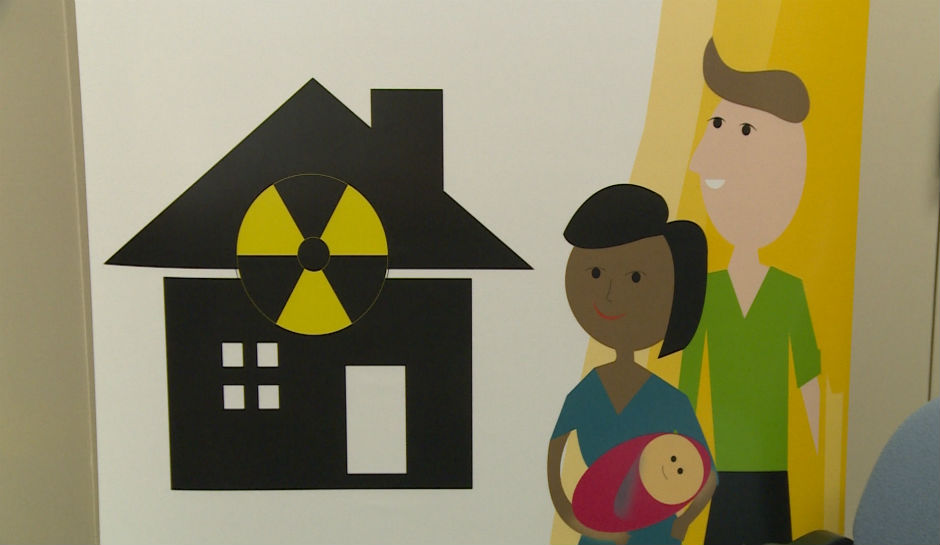Radon is responsible for causing thousands of deaths each year. According to the U.S. Environmental Protection Agency (EPA), this deadly gas causes close to 21,000 lung cancer deaths, annually.
Radon is silent and invisible. You can’t taste it, or smell it.
But the radioactive particles of this gas can still be lurking in your home, at schools, and at other buildings within your community. In fact, this life-threatening radioactive gas is found in all parts of the United States.
That’s right — radon is a cancer-causing radioactive gas. This deadly gas comes from the natural decay of uranium in water, rock, and in nearly all types of soil. It also gets in the air we breathe.
When a person breathes in radon gas, radioactive particles enter his or her lungs — the radioactive particles get trapped, which increases the risk of lung cancer.
Radon Dangers in the Home
Radon gas is the second leading cause of lung cancer, according to the U.S. Surgeon General. Only smoking causes more lung cancer deaths. The risk of lung cancer is especially high for people who smoke and have elevated levels of the deadly, creeping gas in their homes.
The Centers for Disease Control and Prevention (CDC) briefly points out the risk of getting lung cancer from this invisible killer.
- How much radon is in the home — the location where most time is spent (e.g., the main living and sleeping areas)
- The amount of time spent in the home
- Whether a person is a smoker or have ever smoked
- Whether a person or family burns wood, coal, or other substances that add particles to the indoor air
Radon exists in any type of home, building, school, or office in North America. For example, it’s estimated that 40 percent of the homes in the state of Pennsylvania have elevated levels of the radioactive gas.
The greatest exposure to this odorless gas for families is in the home, where it is at higher levels.
The invisible, odorless, and tasteless gas seeps through the ground, into the air, and then enters the home through cracks and holes in a building’s foundation. A building or home traps the emitting gases, which eventually build up to poisonous levels.
Any home is susceptible to radon gas buildup – old homes, new homes, draft or well-sealed homes, and homes without or with basements. Sometimes, the invisible threat finds its way in well water.
The Plan to Save Lives
The U.S. Environmental Protection Agency and the American Lung Association joined forces and initiated plans to reduce radon risks in 5 million homes and save 3,200 lives annually by 2020.
In a November 2015 press release, EPA Administrator Gina McCarthy commented about the new life-saving National Radon Action Plan.
“EPA is very pleased to be a partner in this important life-saving effort to prevent lung cancer caused by radon. Working together creates new opportunities for reducing the risk from radon. Combining our resources will save American lives by magnifying our effectiveness in preventing exposure to radon in homes and schools.”
Two types of radon test kits are available for people wanting to test for gases in their homes. A short-term test kit is left in the home for a few days, and then mailed to a lab for professional to view the results. Long-term tests give a more accurate account of dangerous gas levels in a home. They are placed in a location in the home for at least 3 months.
Additionally, the EPA provides help in locating test kits and qualified professionals that will help test for the radioactive chemical element in homes and buildings. Some states, like Pennsylvania, offer free test kits.
Symptoms of radon gas exposure do not exist. People may not realize they are exposed to high levels of radioactive gas until they are diagnosed with lung cancer. Therefore, preventing exposure is achieved by testing homes, offices, schools, and other buildings for high radioactive gas levels.
If you have questions about radon in your home, you can get help from the U.S. Environmental Protection Agency (EPA) by calling 1-800-55-RADON (1-800-557-2366).
[Photo courtesy of WEAU]